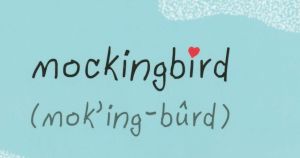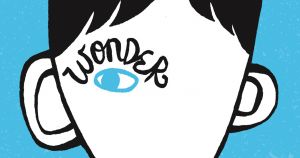
Review: Graceling and Bitterblue by Kristin Cashore
This series is a fascinating look at how a writer can acknowledge the “magical cure” trope and improve on the portrayal in later books.

This series is a fascinating look at how a writer can acknowledge the “magical cure” trope and improve on the portrayal in later books.

While some elements of the representation were handled decently, I ultimately wasn’t a fan.

This book was awarded the National Book Award for Young People’s Literature, but as well intentioned as it might have been, it was clearly written by someone with almost no understanding of what Aspies are really like—it was written by and for a neurotypical audience.

April Henry’s main character in Girl, Stolen is a well-researched, well-written example of blindness, and we were thrilled to discuss the book with her.

In the time since I first read Wonder, my understanding of my disfigurement, and the world it occupies, has transformed. How will I now read and receive what was the most personally representative book of my life?

All in all, 100 Sideways Miles is not a perfect portrayal of what it means to have epilepsy. But it is respectful and spoke to me on unexpected levels.

The Categorical Universe of Candice Phee is a fun, well-written book, if an imperfect autism read.

Speculative fiction is work that focuses on difference, work that immerses us in it. But the choices we make when building a fictional world can reflect on the world that we live in now. So how do we worldbuild with disability in mind?

Don’t Touch is an insightful look into the life of a girl with OCD, and we were delighted to interview author Rachel M. Wilson about this wonderful debut.

Despite elements that I saw as didactic or inauthentic, there is a lot that kids will like in this book.